What is Robotic Joint Replacement?
Robotic hip and knee replacement is not a “robot doing surgery.” It is a planning and guidance system that assists your surgeon.
- The robot maps your joint in 3D.
- It helps the surgeon position the implant with higher accuracy.
- Every cut and placement is still guided by the surgeon.
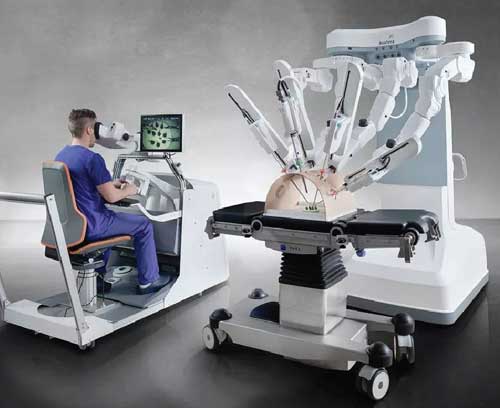
Why Precision Matters
- Implant positioning: Better fit means smoother movement.
- Less tissue damage: Robot helps avoid unnecessary cuts.
- Consistency: Reduces human error, especially in complex joints.
- Long-term comfort: More natural feel of the replaced joint.
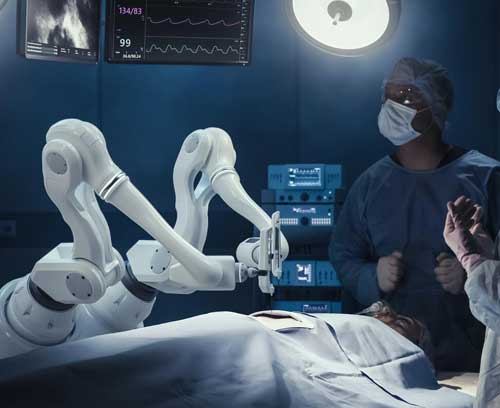
Who Can Benefit?
Robotic-assisted surgery can help if you:
- Have severe arthritis in the knee or hip.
- Have pain that limits daily activities despite medicines and physiotherapy.
- Want a precise, minimally invasive option.
Note: Suitability depends on age, bone health, and overall fitness. Always confirmed after a consultation.
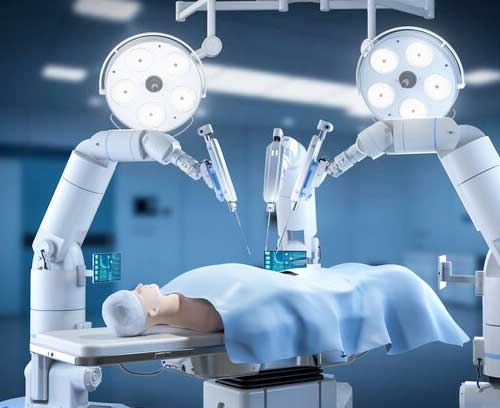
Robotic Knee Replacement
- Used for total knee replacement and sometimes partial knee replacement.
- Helps in balancing ligaments and restoring natural alignment.
- Many patients are able to walk on the same day and return home in 2–3 days.
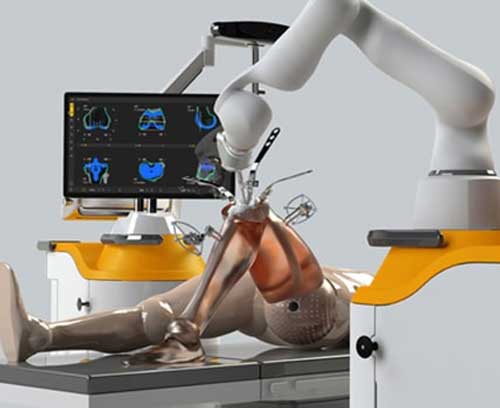
Robotic Hip Replacement
- Assists in restoring natural hip movement.
- Helps position the implant so the risk of dislocation is lower.
- Especially useful in younger patients or complex hip anatomy.
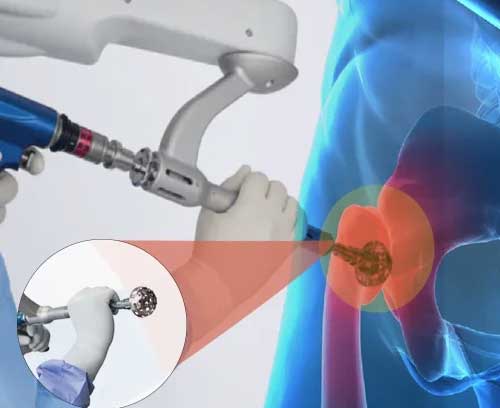
Traditional vs. Robotic Surgery (Comparison Table)
| Aspect | Traditional Surgery | Robotic-Assisted Surgery |
|---|---|---|
| Implant placement | Based on surgeon’s eye and feel | Guided by 3D robotic mapping |
| Precision | Good, depends on experience | Higher accuracy, consistency |
| Recovery | Standard 4–6 weeks | Often smoother, sometimes quicker |
| Risk of imbalance | Possible | Reduced due to guided alignment |
FAQs
Q: Is robotic surgery safe?
Yes. The surgeon is always in control. The robot is a precision tool, not an independent operator.
Q: Is it more expensive?
Robotic surgery may cost slightly more than traditional surgery, but patients often see value in faster recovery and reduced complications.
Q: Will I recover faster?
Many patients return to normal activities earlier, but recovery depends on age, health, and following physiotherapy.
Q: Are all surgeons trained for this?
No. Robotic surgery requires specialized training, which Dr. Chintan has undergone.
